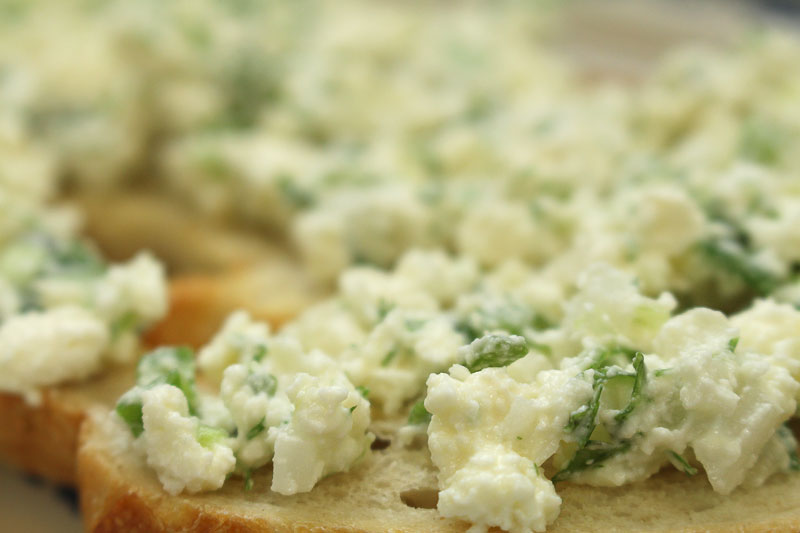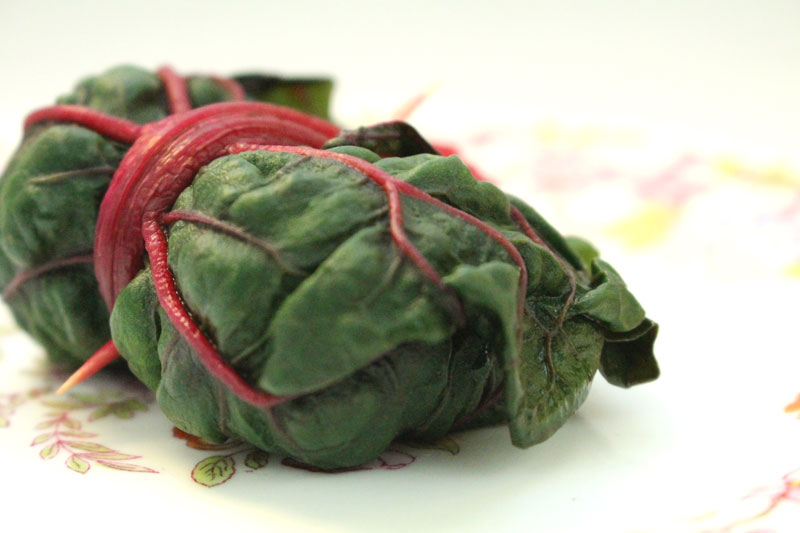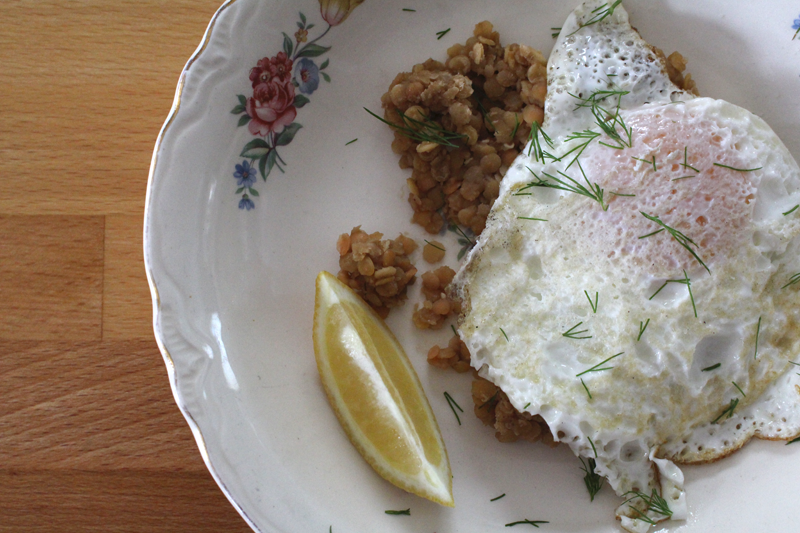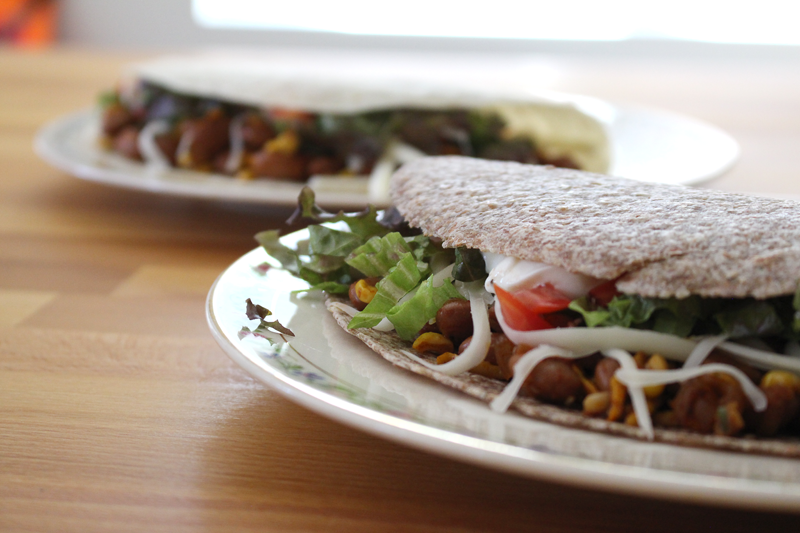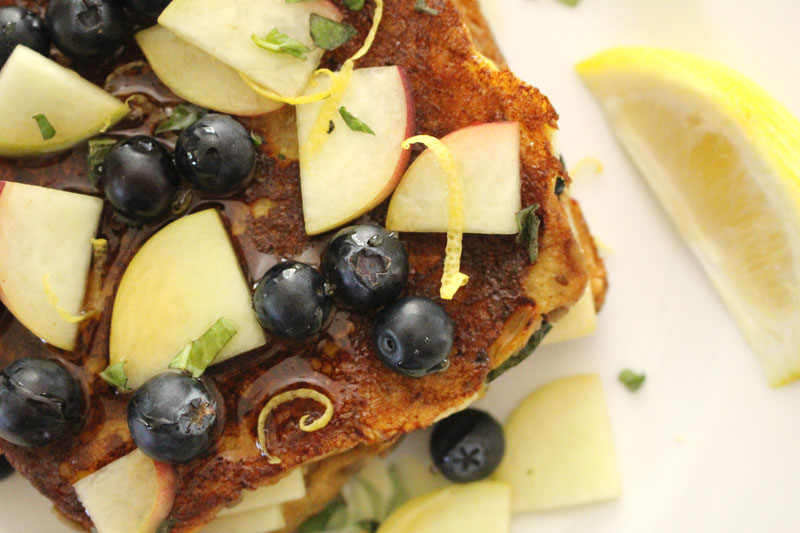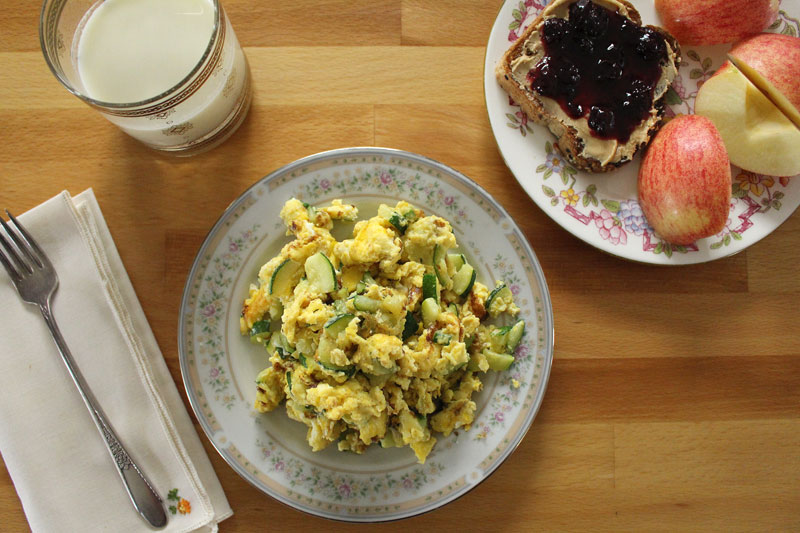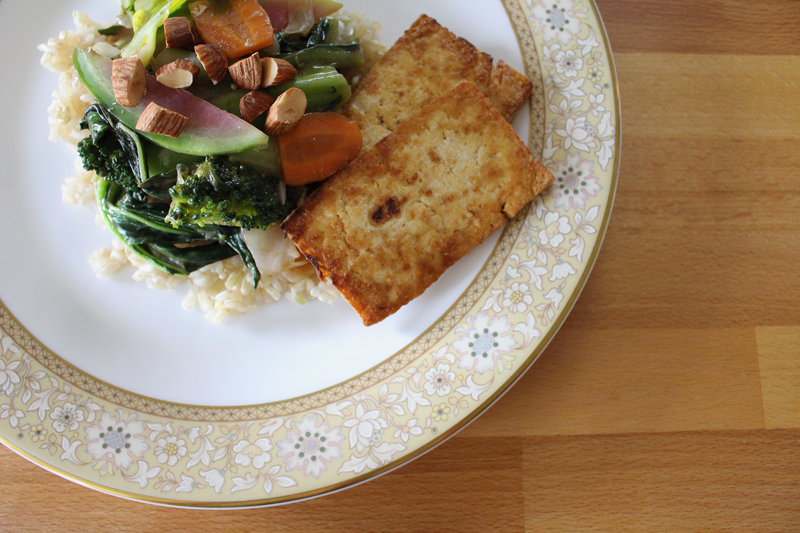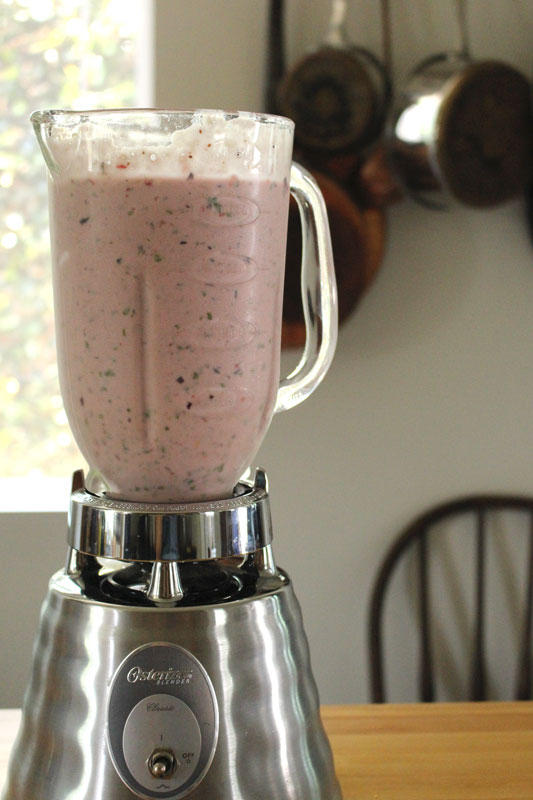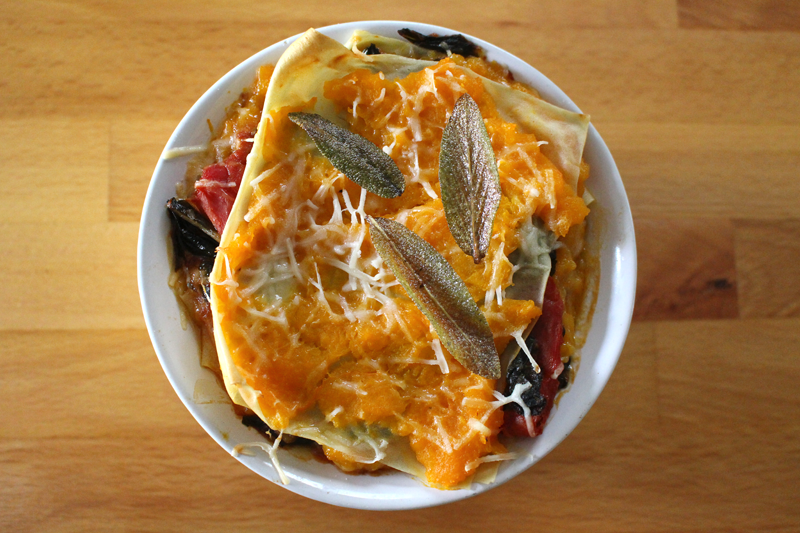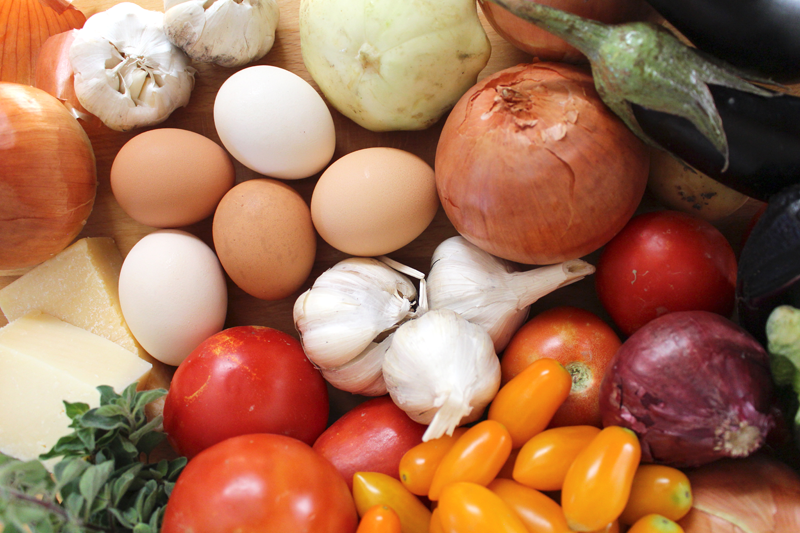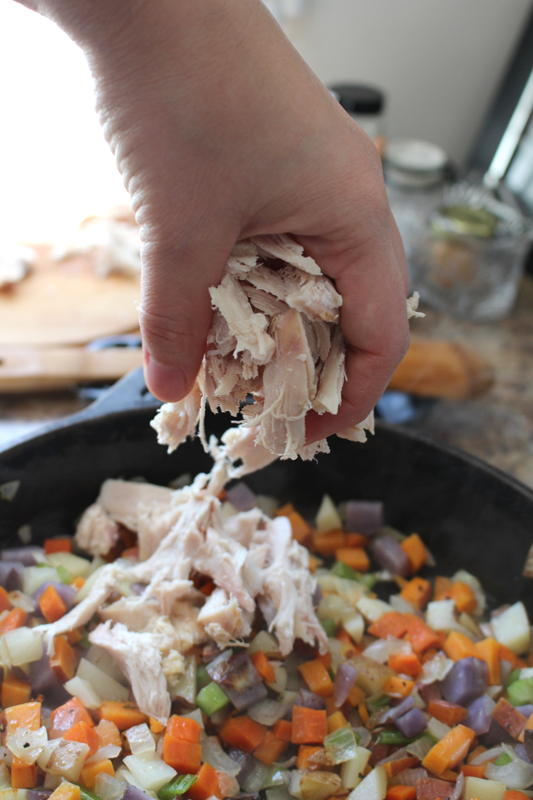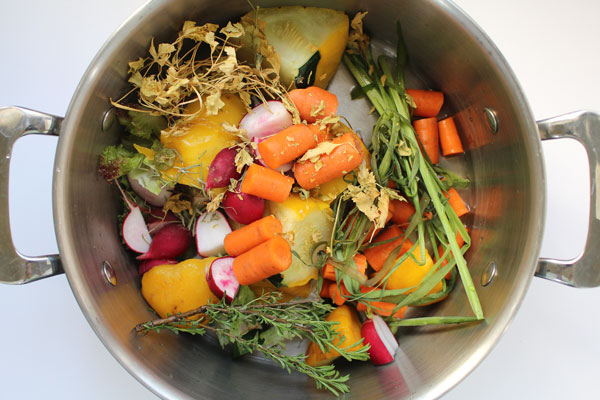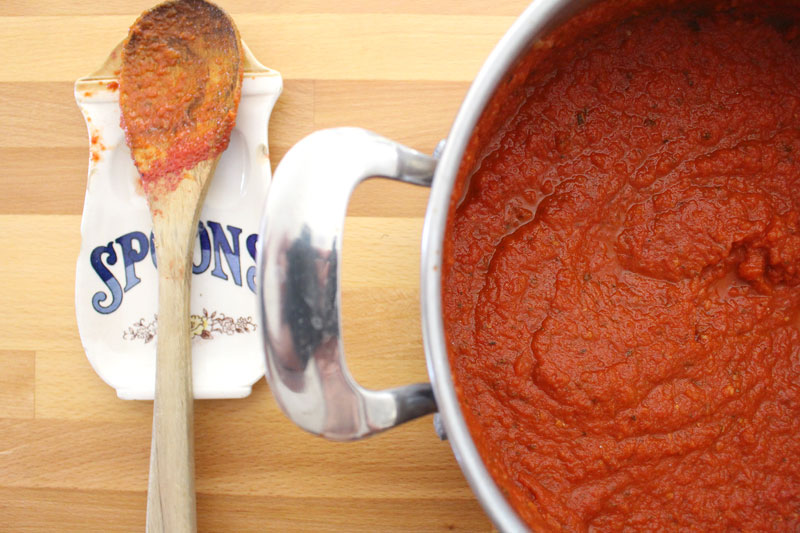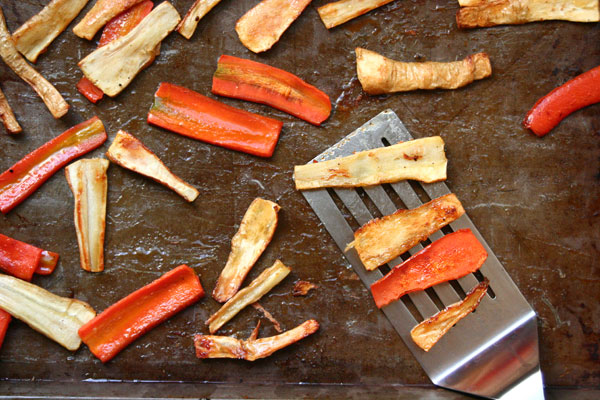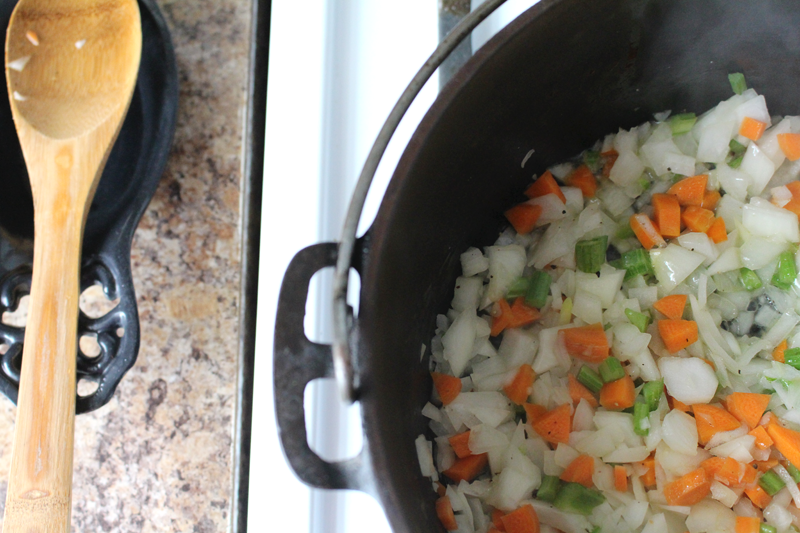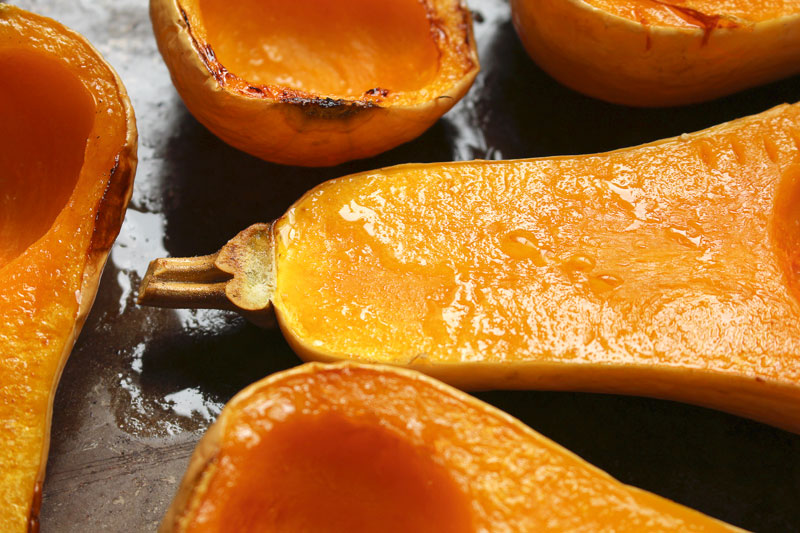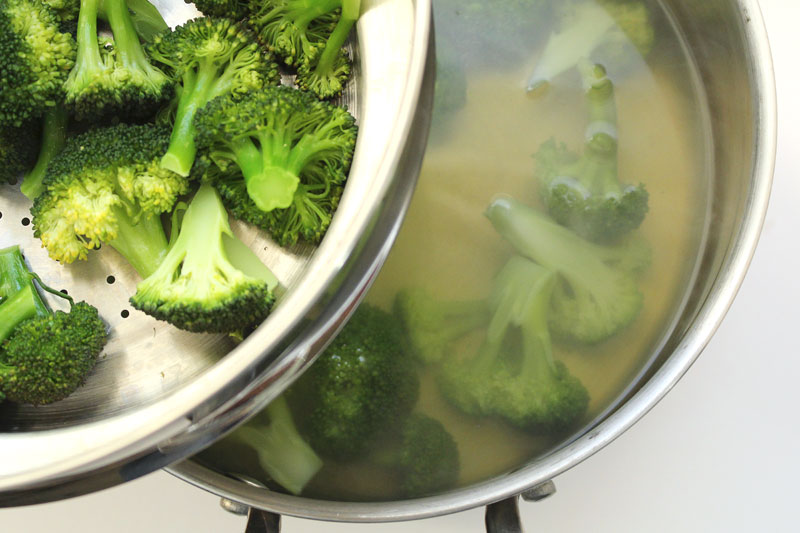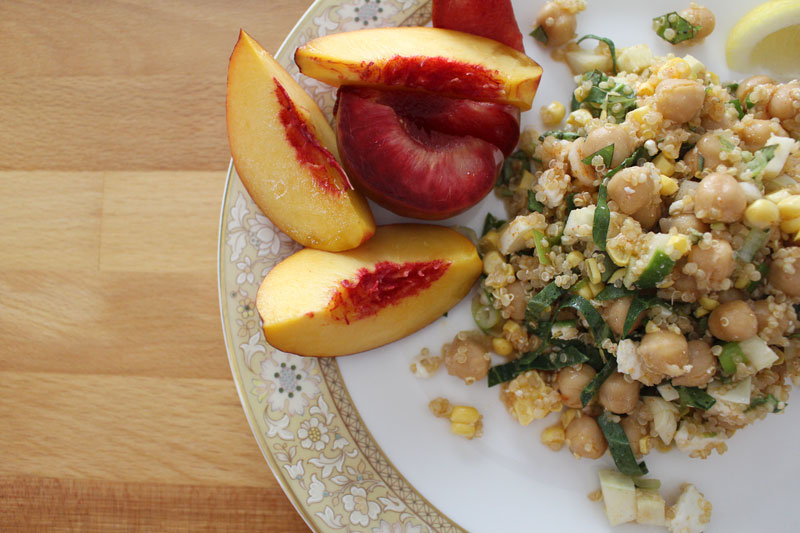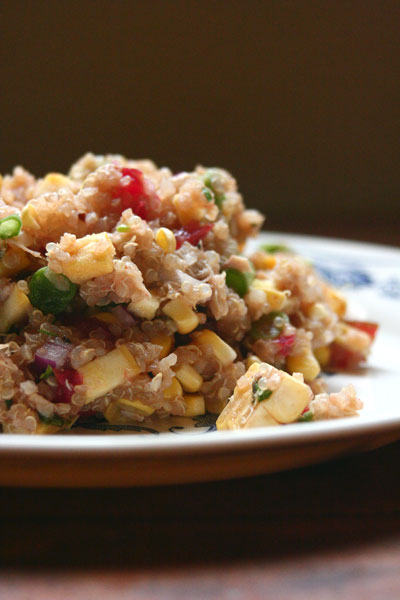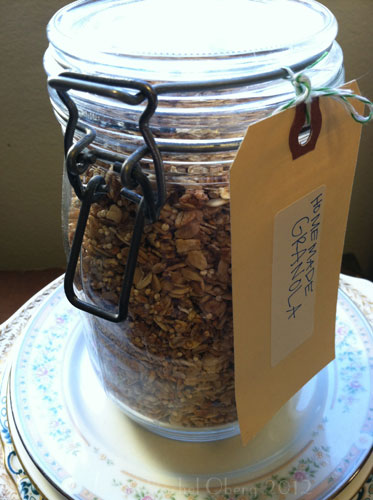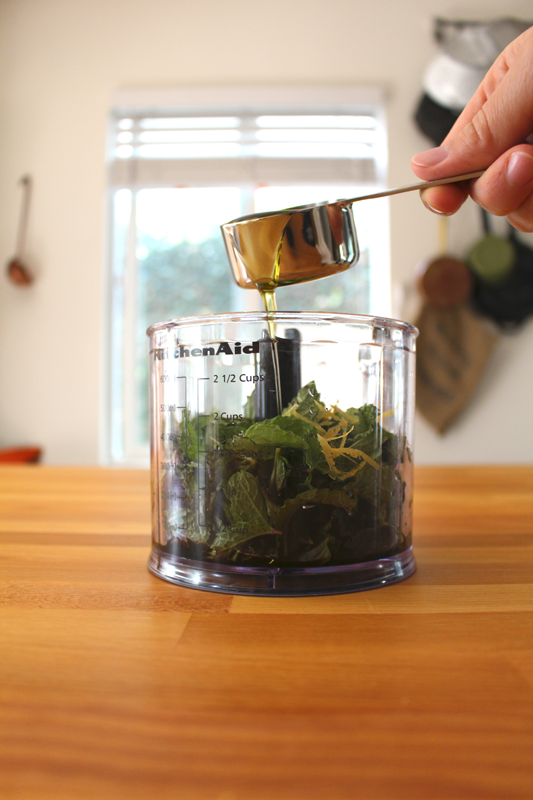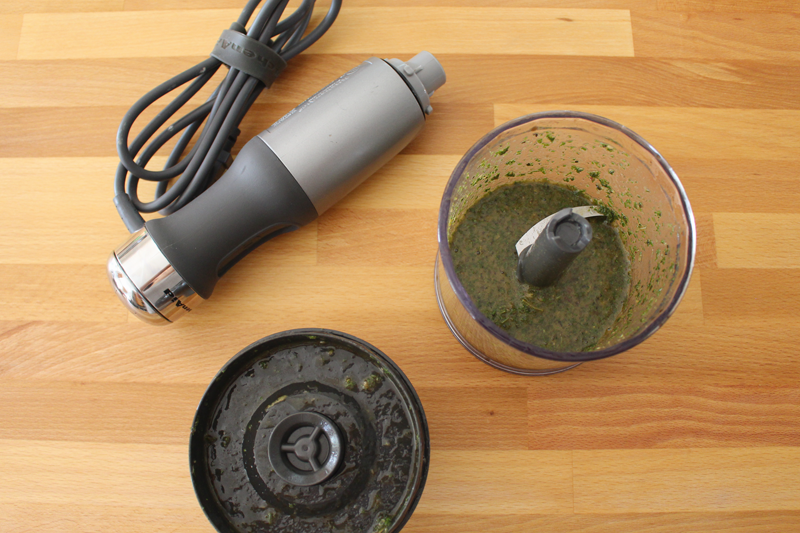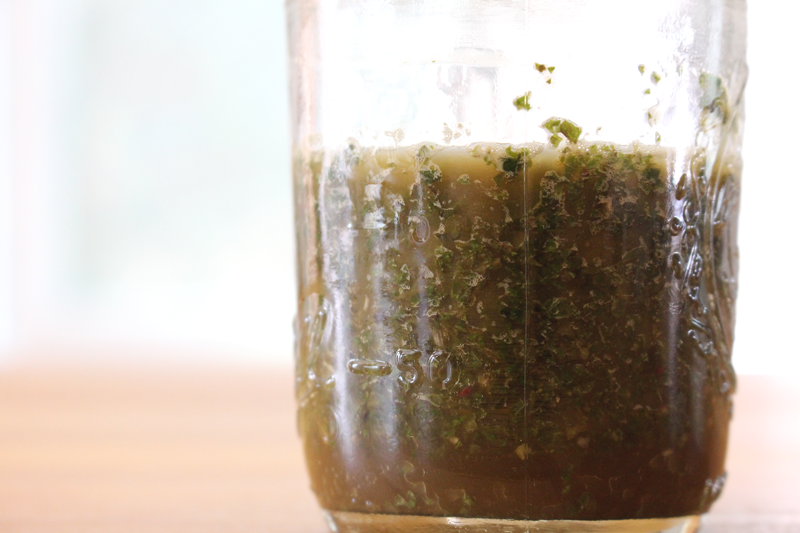Eating Vegetarian
Written by Rachel, Posted in How To, Thoughts
We try to keep to a diet that’s full of real whole foods that are unprocessed or minimally processed, full of plants, good proteins, fats, and some meat.
Yes, I’m talking about meat in a post about eating vegetarian. Stay with me.
In our home, we eat meat because we like it. We like the taste, what it adds to a dish, the protein it provides. However… it’s not our only, or even main source of protein. I mentioned this in my recent post How to Eat Well on a Budget. While we love meat, it’s expensive, so we’ve cut way back on our consumption. And I think that our meals have been just as hearty, nutritional, and tasty as they would be if we were eating meat more often. Out of the 21 meals we eat each week, maybe 4 or 5 contain meat (and 1 or 2 of them are usually leftovers).
If you’re looking at it from a strictly need for protein perspective, there’s plenty of other foods out there with protein. No need to worry on that front. I rely on things like quinoa, lentils, beans, nuts, nut butters, eggs, dairy, tofu, grains, fruits, and vegetables. I’m confident that we’re not lacking.
For example, I’ve looked at the numbers for nuts and seeds before. But, looking again today was a good reminder about one of the many reasons that nuts are so good for us. If you look at the protein content alone, some of them may surprise you. Sesame seeds have 27.3g in one cup – sprinkle them on to your favorite Stir Fry for an extra boost. Sunflower seeds have 34.8g of protein in one cup. They’re awesome on salads, in granola, or just eaten raw. And, did you know that pumpkin seeds have a whopping 40.6g of protein in just one cup?! I’ve been adding them to my granola for some extra goodness, and snacking on them raw, in a mixture with almonds and sunflower seeds. (1)
| Recommended Dietary Allowance for Protein (2) | |
|---|---|
| Grams of protein needed each day | |
| Children ages 1 – 3 | 13 |
| Children ages 4 – 8 | 19 |
| Children ages 9 – 13 | 34 |
| Girls ages 14 – 18 | 46 |
| Boys ages 14 – 18 | 52 |
| Women ages 19 – 70+ | 46 |
| Men ages 19 – 70+ | 56 |
A Typical Day
Here’s what my protein intake might look like on a typical day:
Breakfast 8g: I really enjoy smoothies. They’re an easy way to incorporate fruits, veggies, and protein into a meal. This Summer Smoothie, for example, has close to 8g protein per serving. (1)
Lunch 16.21g: Squash ‘n Eggs (13.54g), fresh fruit (0.27g), and a slice of whole grain toast (2.4g protein) with butter. (1)
Dinner 22.35g: Vegetarian Soft Tacos on a whole wheat tortilla (14.74g), 1/2 C Spanish Rice (brown rice) (7.4g), glass of red wine (0.21g). (1)
Snacks 5.62-12.07g: Stove top popped Popcorn topped with olive oil and sea salt, (0.99g) apple/orange/banana/peach/pear/plum/berries/grapes (average of about 0.93g), 1/4 C nuts and seeds (3.7-10.15g). (1)
As you can see, I’m getting plenty of protein in my diet. In fact, according to the above chart, which states that I need about 46g/day, I’m getting more than I need at 52.18 – 58.63g.
More Vegetarian Meals
You’ve seen what a day of my vegetarian meals might look like. Here are some examples of even more foods that we love to incorporate into our protein rich diet:
Dairy
Veggie Pizza with Artichoke Hearts
Lentils on Crispy Sweet Potatoes
Quinoa
Lentil Quinoa and Carrot Supper
Slightly Sweet Granola with Quinoa
Lentils
Lentils on Crispy Sweet Potatoes
Lentil Quinoa and Carrot Supper
Beans
Cannellini and Beet Green Soup with Feta
Nuts, Seeds, and Nut Butters
Fresh Fruit and Basil Stuffed French Toast
Massaged Kale Salad with Radish and Apple
Red Choi Stir Fry with Tofu and Almonds
Slightly Sweet Granola with Quinoa
Fresh Fruit and Basil Stuffed French Toast
Tofu
Red Choi Stir Fry with Tofu and Almonds
Grains
Red Choi Stir Fry with Tofu and Almonds
Fresh Fruit and Basil Stuffed French Toast
Fruits
Fresh Fruit and Basil Stuffed French Toast
Vegetables
Vegan Roasted Butternut Squash Soup
Spicy Twice Baked Sweet Potatoes
Lentils on Crispy Sweet Potatoes
(1) Nutrition Almanac, Mc Graw-Hill 2001, Fifth Edition, Lavon J. Dunne
(2) From http://www.cdc.gov/nutrition/everyone/basics/protein.html, who used: Source for Acceptable Macronutrient Distribution Range (AMDR) reference and RDAs: Institute of Medicine (IOM) Dietary Reference Intakes for Energy, Carbohydrate, Fiber, Fat, Fatty Acids, Cholesterol, Protein, and Amino Acids. This report may be accessed via www.nap.edu*

